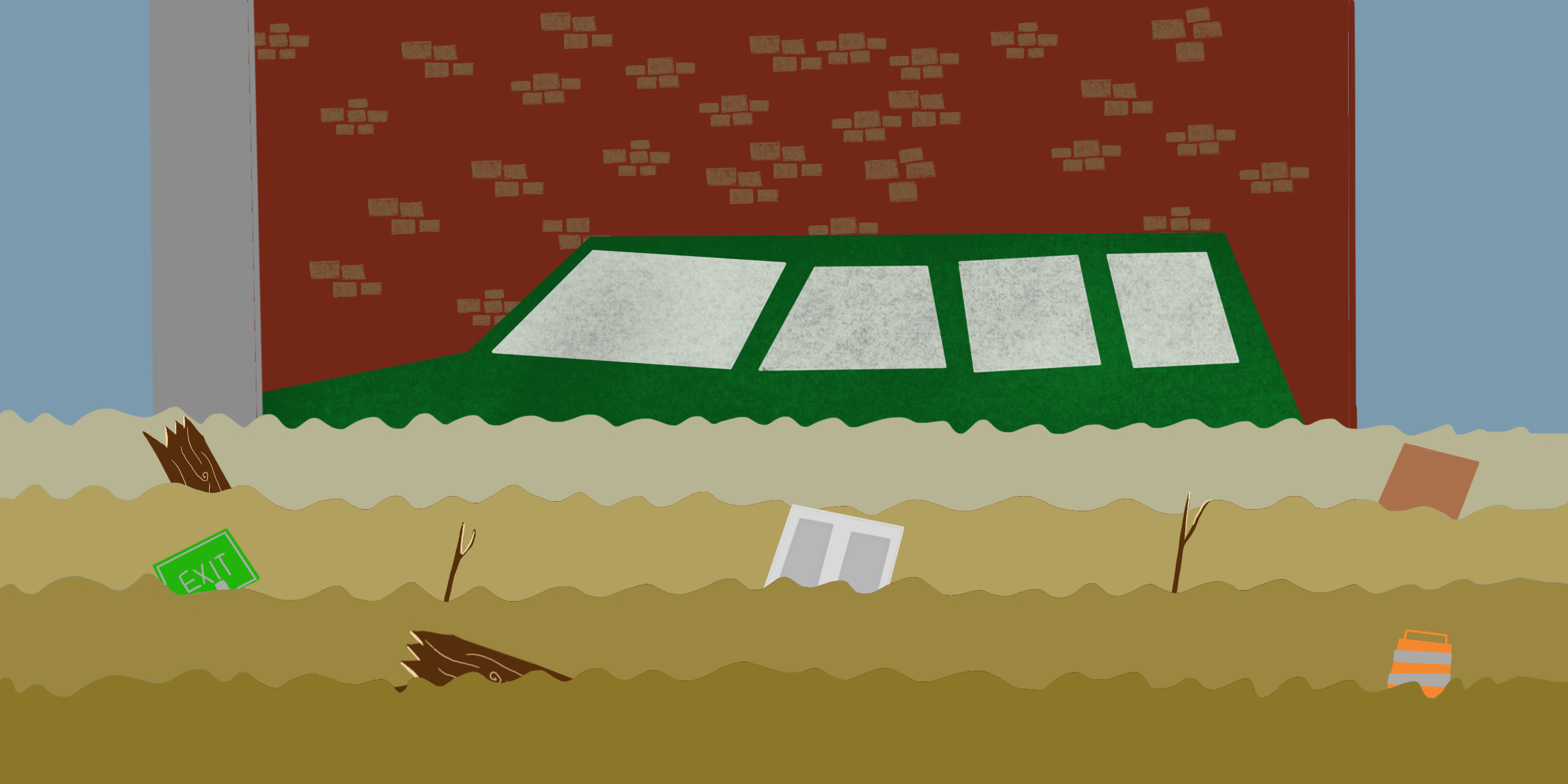
Hurricane Katrina is etched in the memories of many. 1,800 people lost their lives in one of the worst hurricanes ever to hit the U.S. mainland. Exactly 16 years later, Louisiana experienced another hurricane that was even more powerful than the first.
Hurricane Ida was a Category-4 hurricane and was the fifth-largest storm to hit the United States when she made landfall. The storm blasted the coast, causing widespread flooding, catastrophic damage and spawned tornadoes in some areas. Ida brought havoc and chaos to most of the US, killing at least 61 people in eight different states.
The Associated Press reported that more than one million homes and businesses in Louisiana and Mississippi were left without power when the storm hit. Officials have warned that the damage is so extensive that it will take them weeks to repair the damage to the power grids.
What causes a storm to intensify like Hurricane Ida? Many Scientists and researchers have argued that climate change impacts hurricanes and plays a significant role in why storm numbers have doubled in recent years.
Philip Klotzbach, a research scientist, told ABC News that this could be due to the warmer water available. As the planet continues to warm, people need to face the reality that climate change reform is necessary to counteract these disasters.
Where did this all start? According to World Vision, Ida developed in the Caribbean Sea as a Category 2 hurricane on Saturday, August 28, and rapidly strengthened as it moved towards Louisiana.
As the storm neared, rescue and relief efforts were already underway. According to the National Guard’s website, the Louisiana National Guard deployed 4,800 members to protect property and to ensure evacuation efforts were underway.
By Monday, 5,009 National Guardsmen were in Louisiana, 150 in Mississippi, 100 in Texas and 40 in Alabama. The Louisiana National Guard had already rescued 359 people and 55 pets in the powerful surges by Tuesday.
As the end is nowhere near, many organizations have rallied around Louisiana to offer their love and support. The American Red Cross, The Salvation Army, and FEMA are a couple of the many organizations helping with the relief efforts.
According to the American Red Cross, they have served 29,600 meals and snacks, provided 6,800 stays in emergency lodging, distributed 10,800 relief items and deployed over 630 disaster workers. The Red Cross is also working with its partners to set up mobile kitchens in the affected areas.
These kitchens have plans to distribute food to thousands who were in the hardest-hit areas. To donate or learn more about the American Red Cross, visit www.redcross.org/donate or call (1-800-435-7669).
The Salvation Army has been steadfast in bringing relief and peace to Louisiana and many US citizens. According to their website, the organization has already donated 59,365 meals and 45,817 Drinks, and 22,618 snacks.
According to a press release, The Salvation Army was a recipient of a donation made by the Walmart Foundation. The organization received $750,000 to help expand its relief efforts with Hurricane Ida. Their website states
“Through the help of a gift of $750,000 from the Walmart Foundation, The Salvation Army will be further equipped to tackle the daunting task of providing meals to hundreds of individuals displaced and impacted by Hurricane Ida.”
To donate to The Salvation Army, visit give.helpsalvationarmy.org or call (1-800-725-2769).
The Federal Emergency Management Agency, also known as FEMA, is a government division whose primary purpose is to support and protect citizens from disasters in the US. FEMA has deployed over 1,300 employees to support the Ida recovery and response efforts. FEMA also assists with patient transport to local hospitals and has deployed over 150 ambulances, including 30 air ambulances.
Having a hurricane of this size means this is not a one-person job. FEMA is working closely and diligently with over 12 government agencies and with hundreds of local organizations around the country. To learn more about what FEMA is doing, visit www.fema.gov.
As rescue efforts are well underway, many of the low-lying portions of the state are still underwater, and many homes and businesses still have no power or running water. As of Wednesday, September 1, 989,000 homes and businesses were still without power, reported by AP News. That number continues to lower as crews assess the situation and the aftermath of Ida.
Every year, Hurricane Season comes around, affecting many people around the world. In the North Pacific, Hurricane season starts on May 15, and in the Atlantic and Caribbean, it begins on June 1. Some evacuation warnings happen in seconds. Having a plan before the storm hits or even the season starts could save your life as well as your loved ones’ lives too.
State Farm Insurance recommends that people establish a meeting place for their loved ones, have a designated out-of-state contact, have emergency cards on you, have an identified shelter, plan for evacuation routes and care for their pets.
Many experts suggest keeping a “go’ bag in your car. These bags consist of essentials that one may need if one cannot return home for a few days. People should keep flashlights and batteries, a change of clothes, an extra set of house keys, important documents, and prescription medications in the bag. Having a “go” bag takes little to no preparation, and with this bag, you will be able to handle the subsequent evacuation a little smoother and may save your life too.
